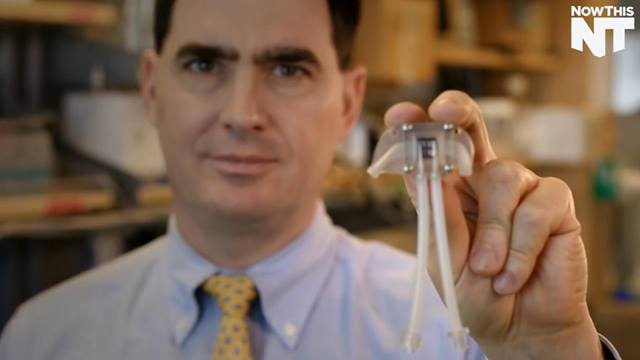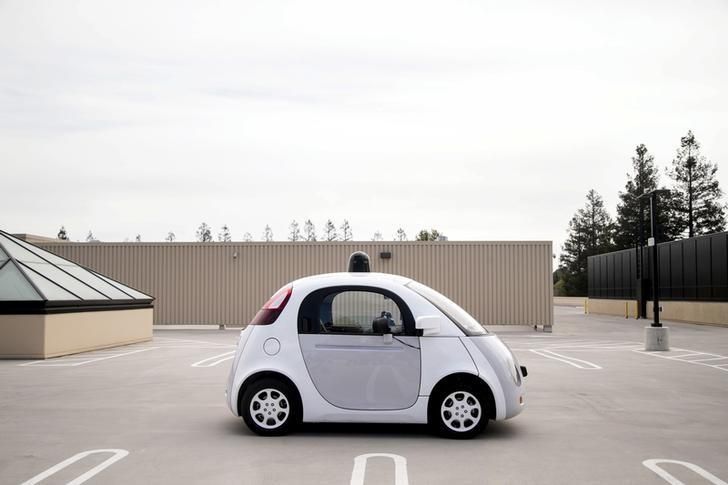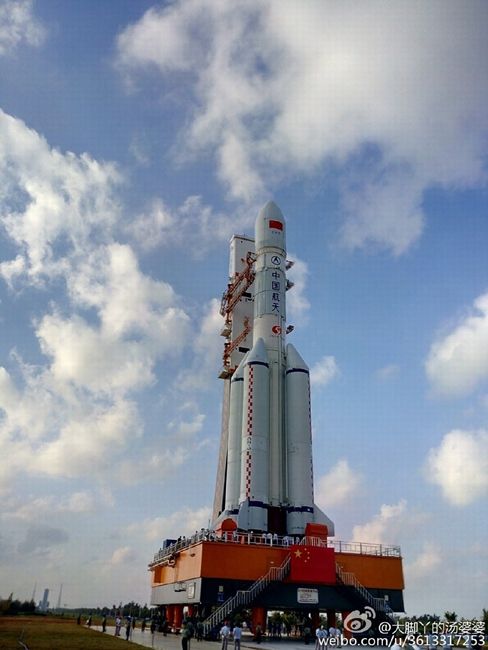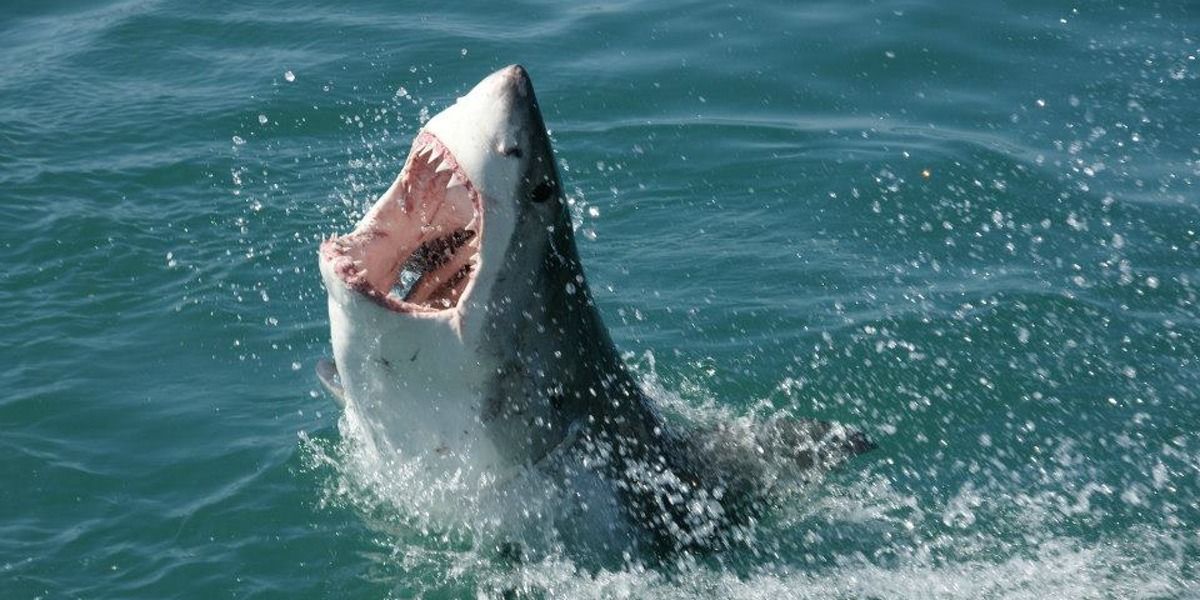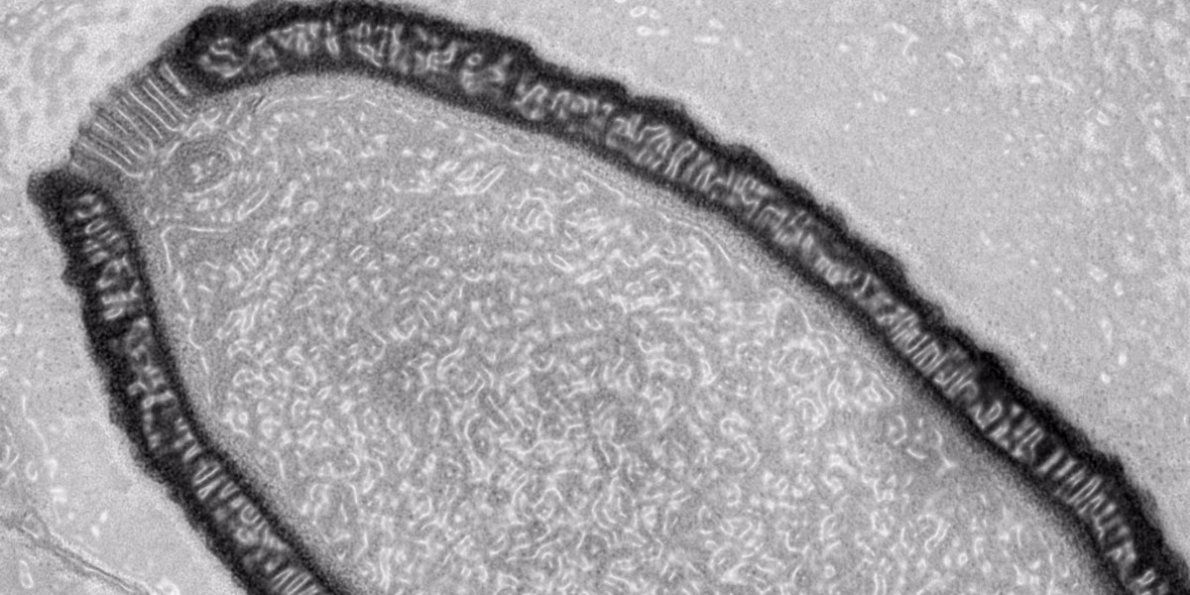Page 11670
Mar 1, 2016
Watch Google’s robot ‘Spot’ play with Andy Rubin’s real dog
Posted by Klaus Baldauf in categories: military, robotics/AI
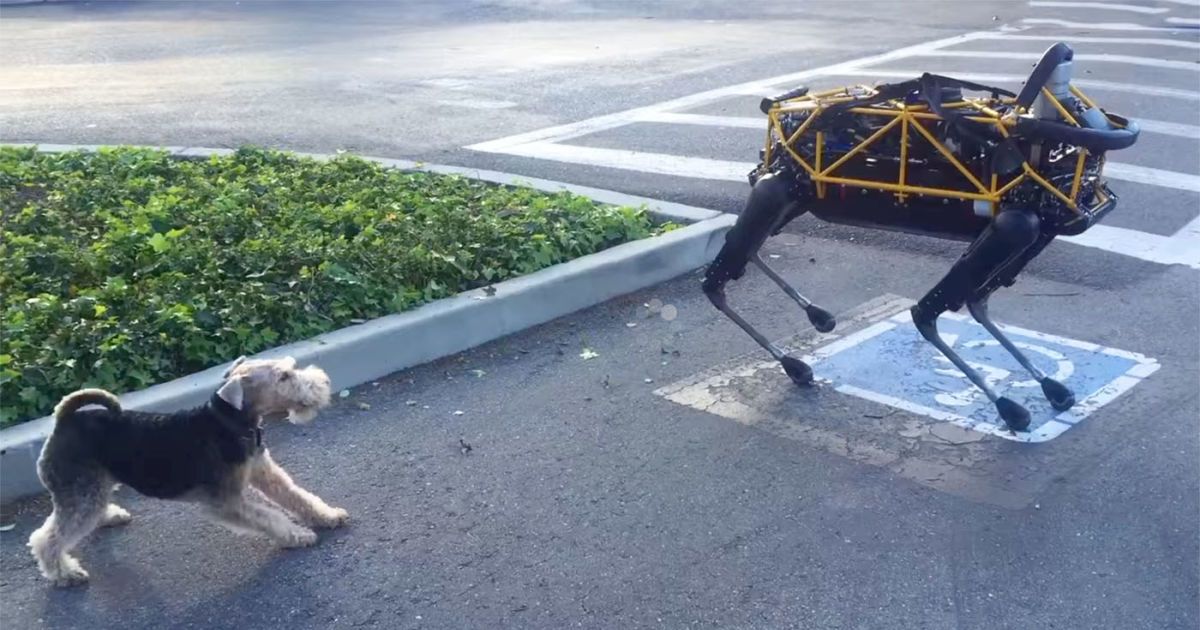
The US military recently decided that Google’s Alpha Dog and Spot robots weren’t ready for active duty, leaving the four legged robots with nothing to do. In the meantime, Google is doing with its battery-powered Spot robot what we probably would — using it as a dog toy. The company recently unleashed it on Alex, the terrier that reportedly belongs to Android co-founder and Playground Global boss Andy Rubin. The adorable result is that Alex, clearly the boss of this arrangement, sees the hapless robot as an existential threat that must be barked at and harangued (no butt-sniffing, luckily).
The model is reportedly the only one that’s not in military hands, and there’s no word on what Google’s Boston Dynamics plans to do with it now. The military thought Spot could be a potential ground reconnaissance asset, but “the problem is, Spot in its current configuration doesn’t have the autonomy to do that,” says James Peneiro, the Ground Combat head of the Warfighting Lab. It would be shortsighted, of course, to think the robots need to be put to work right away. A lot of the self-balancing tech in Spot (and its ability to take a kick) can already be found in the next-generation humanoid Atlas Robot.
Continue reading “Watch Google’s robot ‘Spot’ play with Andy Rubin’s real dog” »
Mar 1, 2016
Google says it bears ‘some responsibility’ after self-driving car hit bus
Posted by Amnon H. Eden in categories: robotics/AI, transportation
First ever crash reported with a self-driving car at (some) fault.
Alphabet Inc’s (GOOGL.O) Google said on Monday it bears “some responsibility” after one of its self-driving cars struck a municipal bus in a minor crash earlier this month.
Mar 1, 2016
Peter Wittek, a roving adventurer between machine intelligence and quantum physics
Posted by Karen Hurst in categories: quantum physics, robotics/AI, supercomputing
I must admit, when people see that you work with Quantum Computing and/ or networking; they have no idea how to classify you because you’re working on Nextgen “disruptive” technology that most of mainstream has not been exposed to.
Peter Wittek and I met more than a decade ago while he was an exchange student in Singapore. I consider him one of the most interesting people I’ve met and an inspiration to us all.
Currently, he is a research scientist working on quantum machine learning, an emergent field halfway between data science and quantum information processing. Peter also has a long history in machine learning on supercomputers and large-scale simulations of quantum systems. As a former digital nomad, Peter has been to over a hundred countries, he is currently based in Barcelona where, outside work hours, he focuses on dancing salsa, running long distances, and advising startups.
Mar 1, 2016
Could protein-powered ‘biocomputers’ be the future of IT?
Posted by Karen Hurst in categories: computing, materials, singularity

This does make it easier for the whole concept of Singularity to exist.
Scientists prove we are tantalisingly close to creating the next generation of computer components made of organic living materials, as we move beyond Moore’s Law and into exotic new devices.
Continue reading “Could protein-powered ‘biocomputers’ be the future of IT?” »
Mar 1, 2016
China to conduct more than 20 satellite launches in 2016
Posted by Karen Hurst in category: satellites
(File photo)
The year 2016 is a big year for China’s aerospace industry, as several rockets will be sent into space, including Tiangong-2, an orbiting space lab and Shenzhou-11, a manned spacecraft with two people on board.
Two new types of rockets will be launched in 2016. Long March-7, scheduled to be launched in June, will put the country’s first cargo ship, Tianzhou-1, into space in the first half of 2017 to dock with Tiangong-2 and conduct experiments.
Feb 29, 2016
New Drone System Will Warn Aussie Swimmers of Great White Sharks
Posted by Shailesh Prasad in categories: energy, habitats
Australia’s coast, being both great surf territory as well as a primo shark habitat, is getting a technological upgrade to keep the swimmer-fish twain from meeting: A shark-spotting drone nicknamed the “Little Ripper.”
A joint venture between Aussie philanthropist Ken Weldon and Aussie bank Westpac, the $250,000 battery-powered unmanned helicopter will be deployed in the skies above New South Wales. On Sunday, New South Wales Premier Mike Baird heralded the drone as the future of oceanic search and rescue.
Continue reading “New Drone System Will Warn Aussie Swimmers of Great White Sharks” »
Feb 29, 2016
How to make your own Bluetooth-controlled underlit miniskirt
Posted by Shailesh Prasad in categories: internet, transportation, wearables
The Internet full of incredible DIY projects that make you wish you had the years of experience required to build your own Batmobile, flaming Mad Max guitar, or hoverboard. Thankfully with the underlit miniskirt, we’ve come across a DIY item that looks awesome and is still easy to make.
This wearable was inspired by the Hikaru skirt, a programmable LED miniskirt that took certain corners of the Japanese Internet by storm earlier this year.
Feb 29, 2016
This AI tells you where to invest your money
Posted by Shailesh Prasad in categories: economics, internet, robotics/AI
The Hong Kong startup can analyze websites and social media to take the Internet’s temperature.
Feb 29, 2016
These bizarre organisms could represent a new branch on the tree of life
Posted by Karen Hurst in categories: biotech/medical, materials
The strangest life forms on Earth just got a lot stranger.
In 2003, Didier Raoult of Aix-Marseille University in France and his colleagues discovered a new kind of virus lurking inside single-celled protozoans.
Like other viruses, it couldn’t grow on its own, lacking the biochemical machinery to build proteins and genes. Instead, it had to infect host cells and use their material to produce new viruses.
Continue reading “These bizarre organisms could represent a new branch on the tree of life” »
